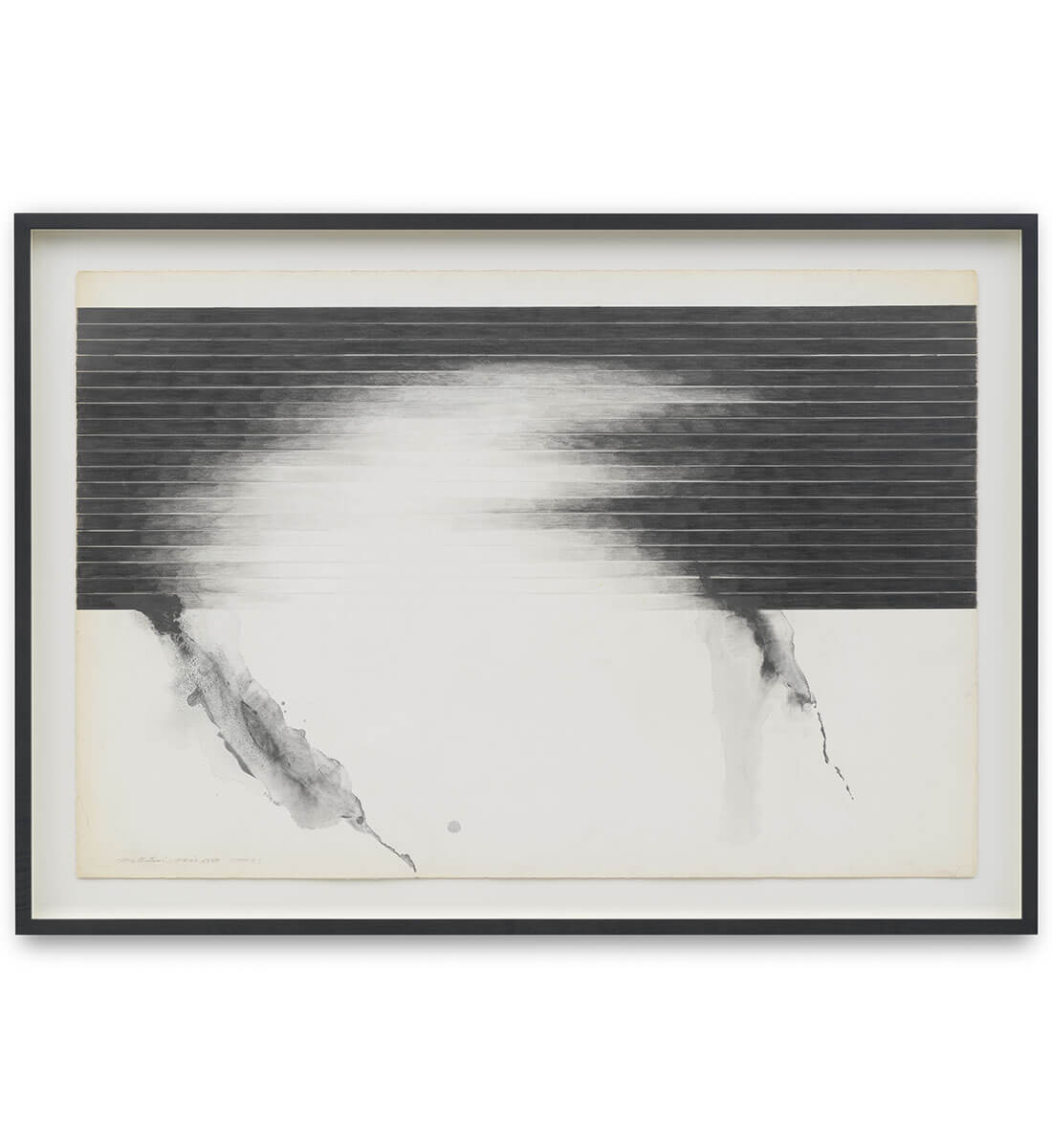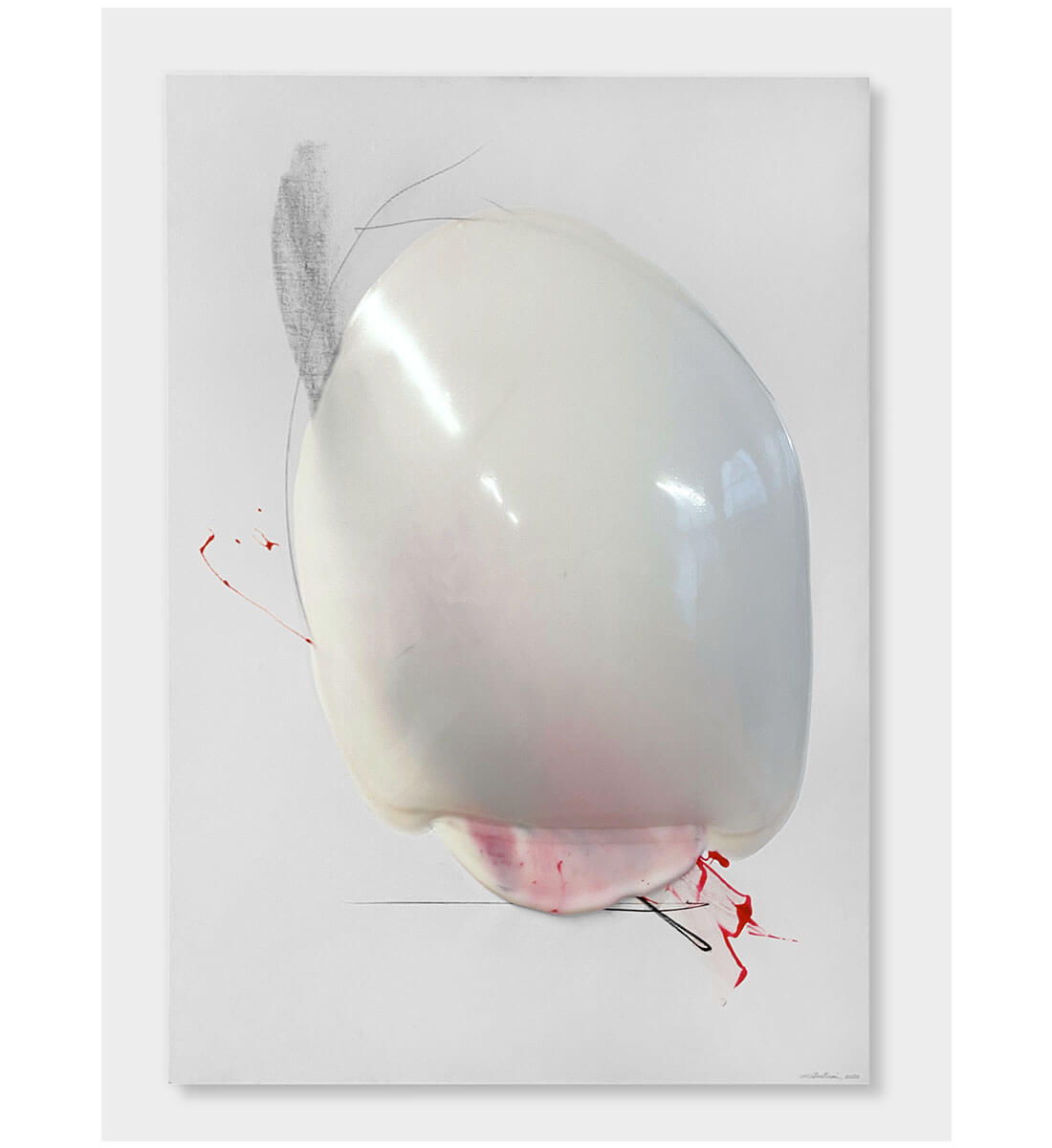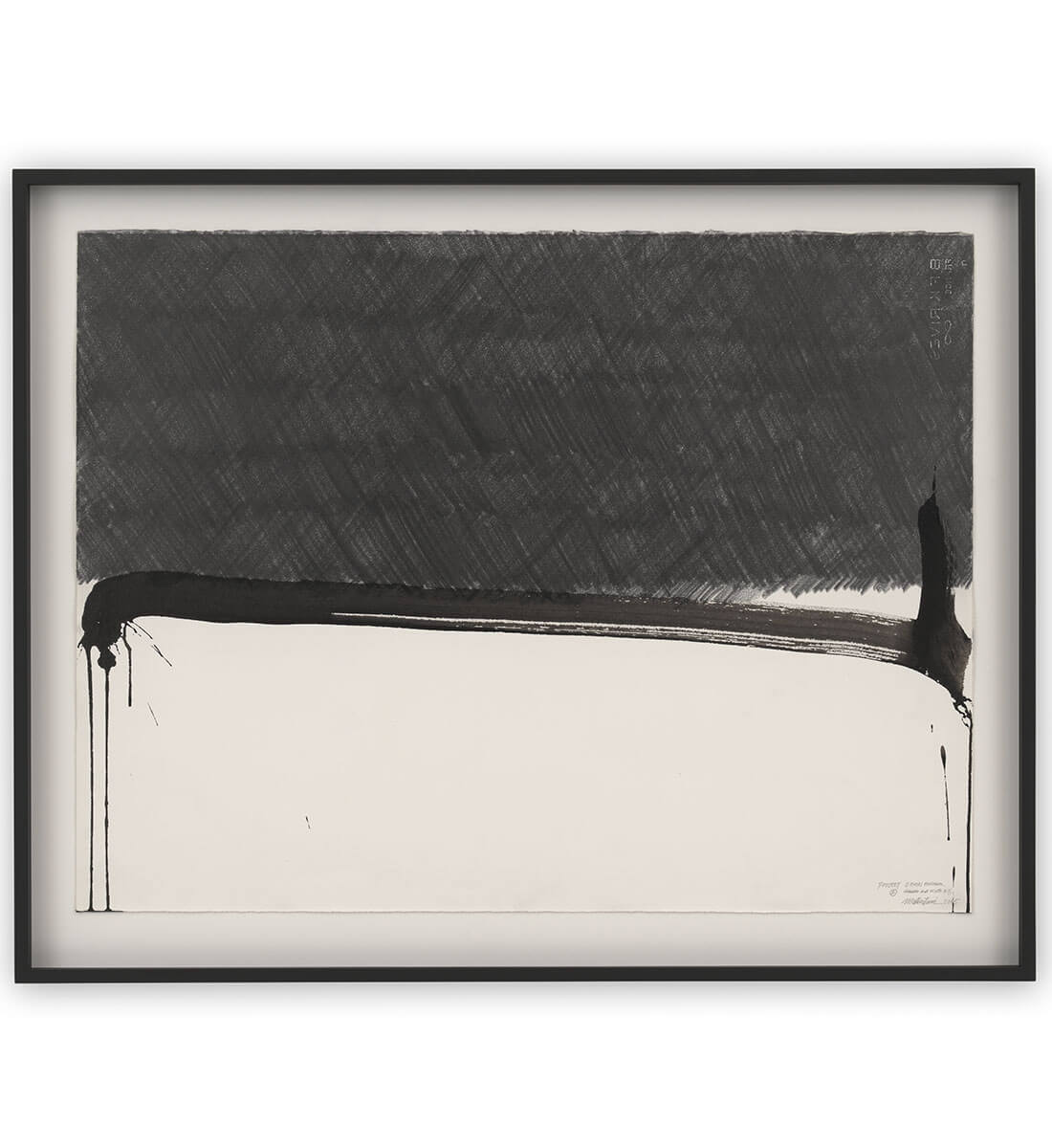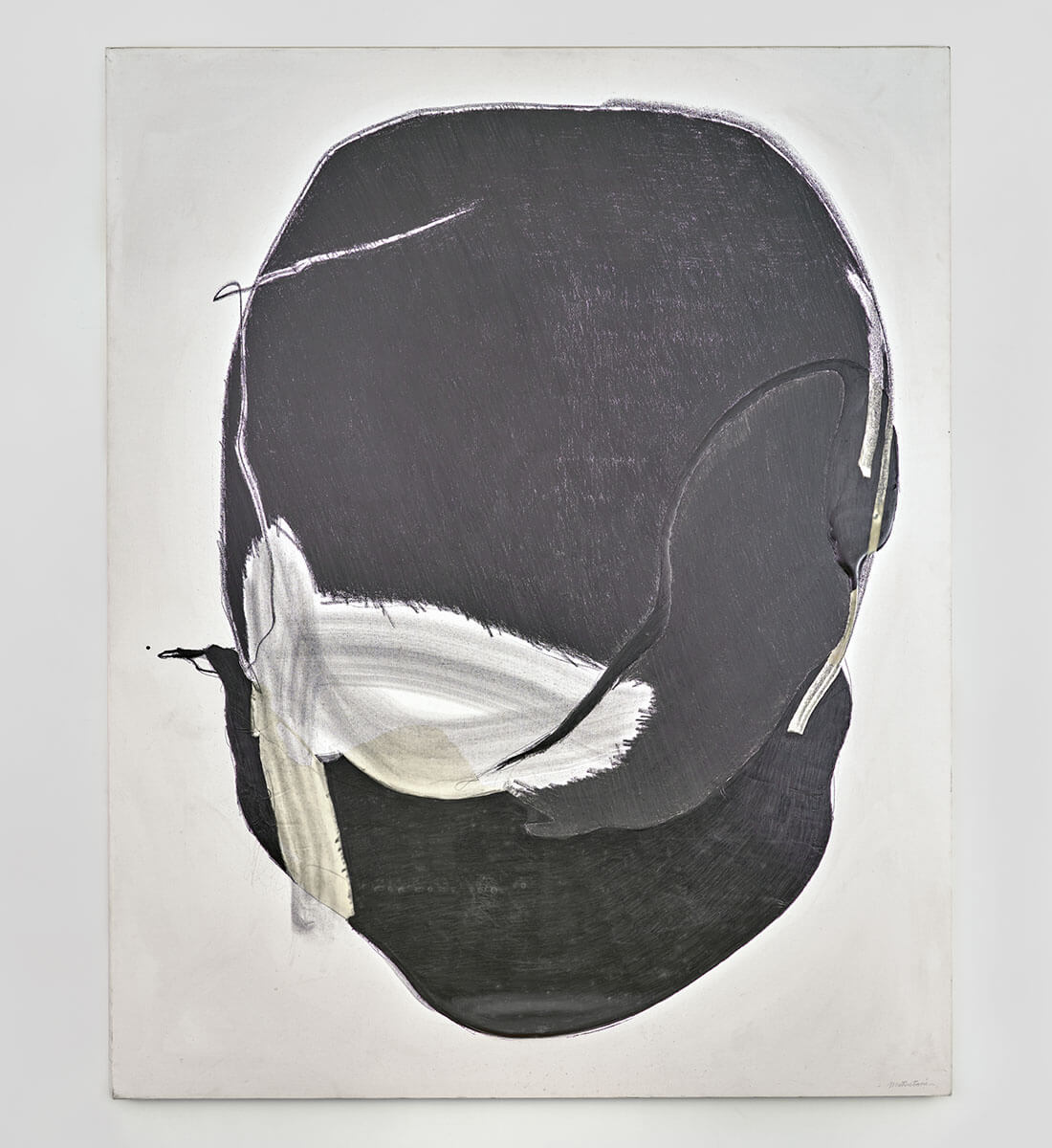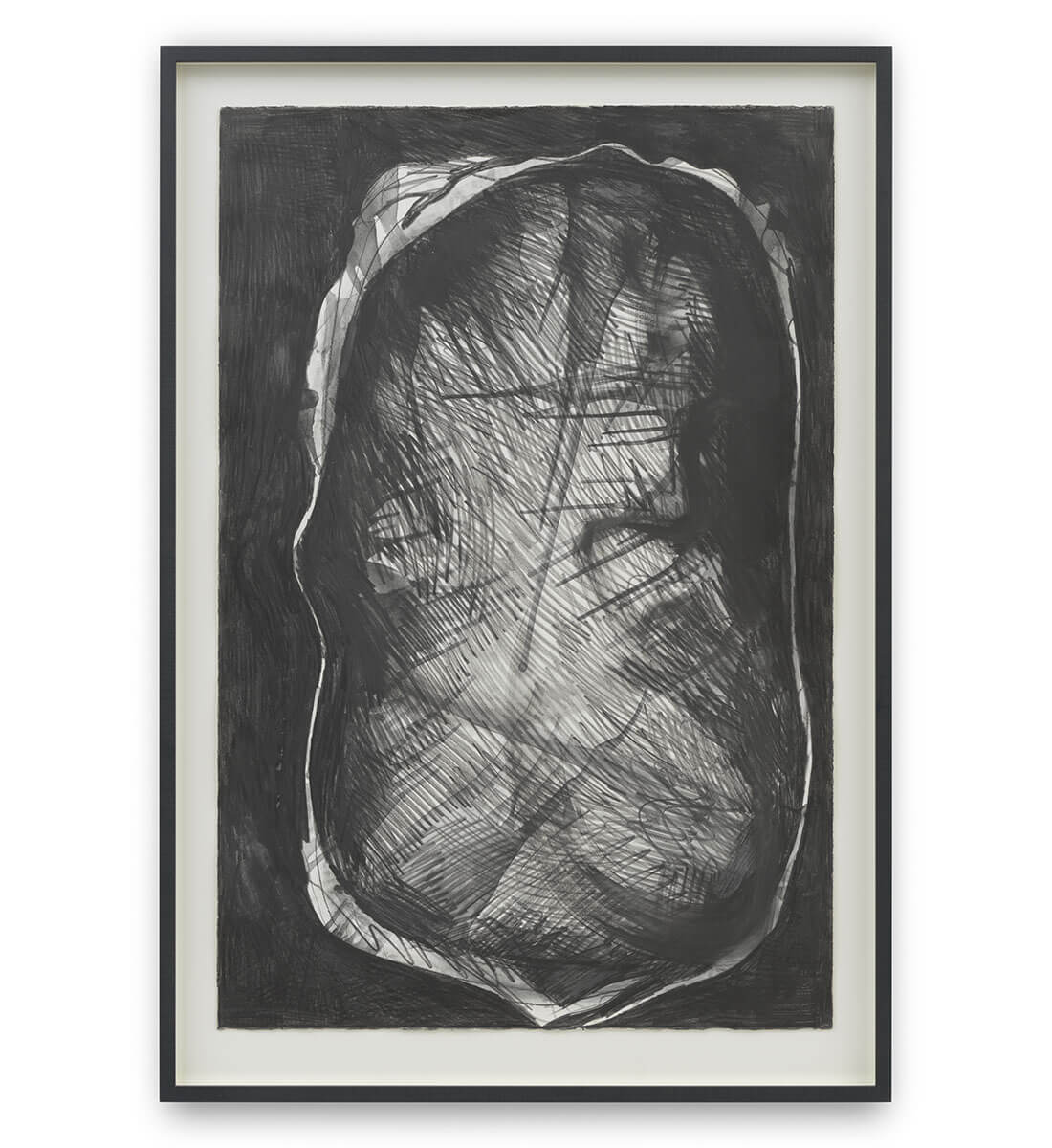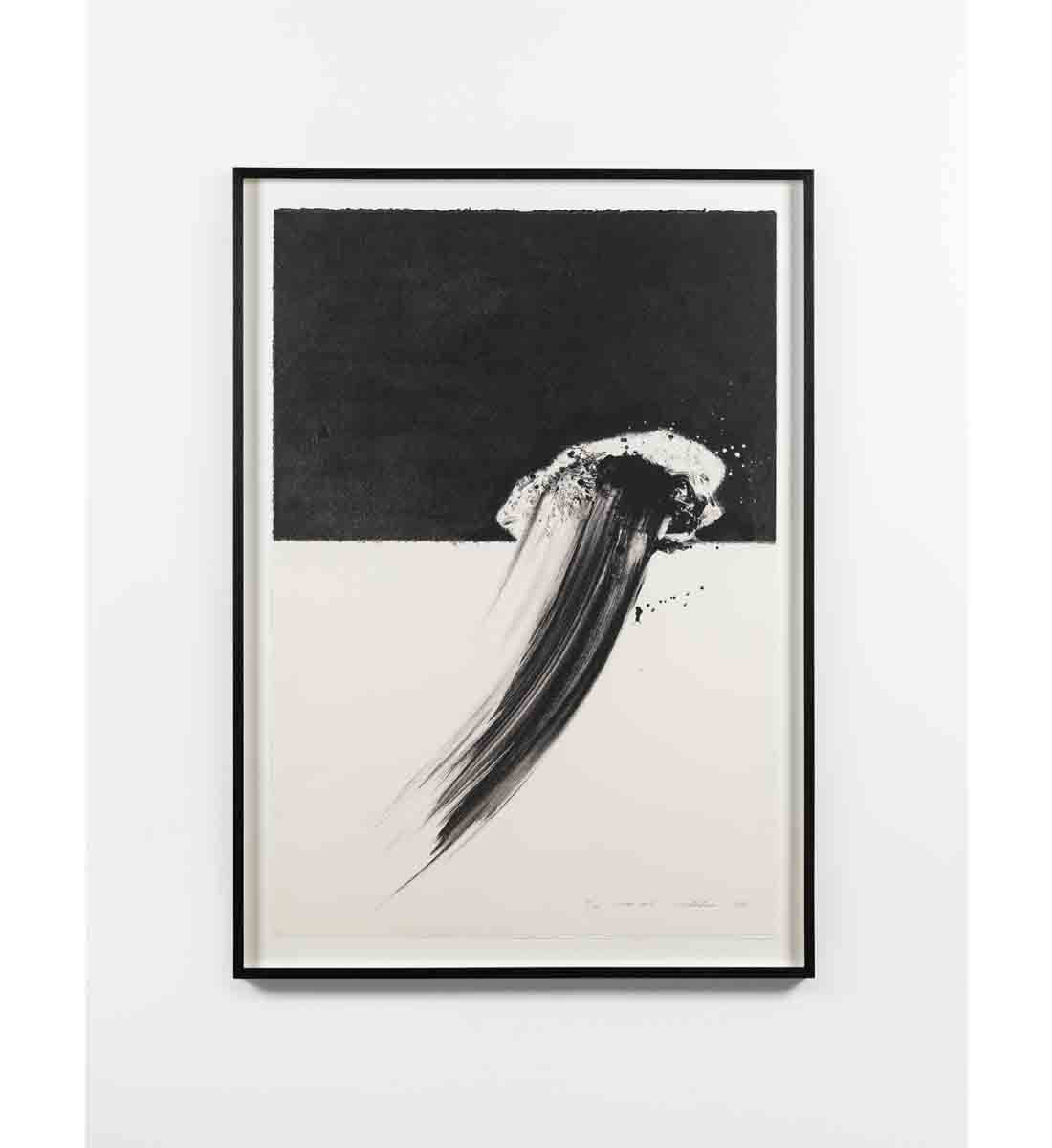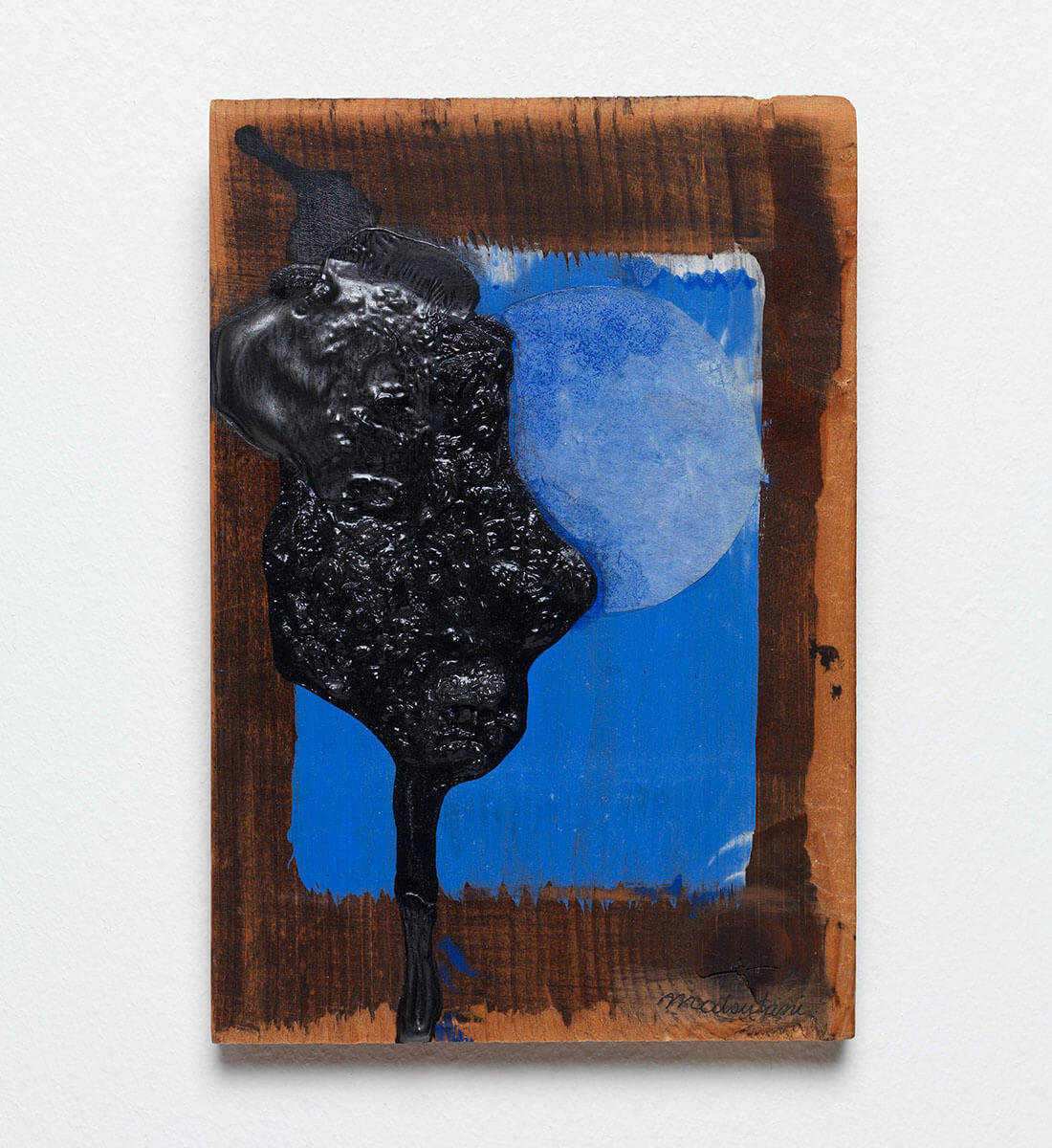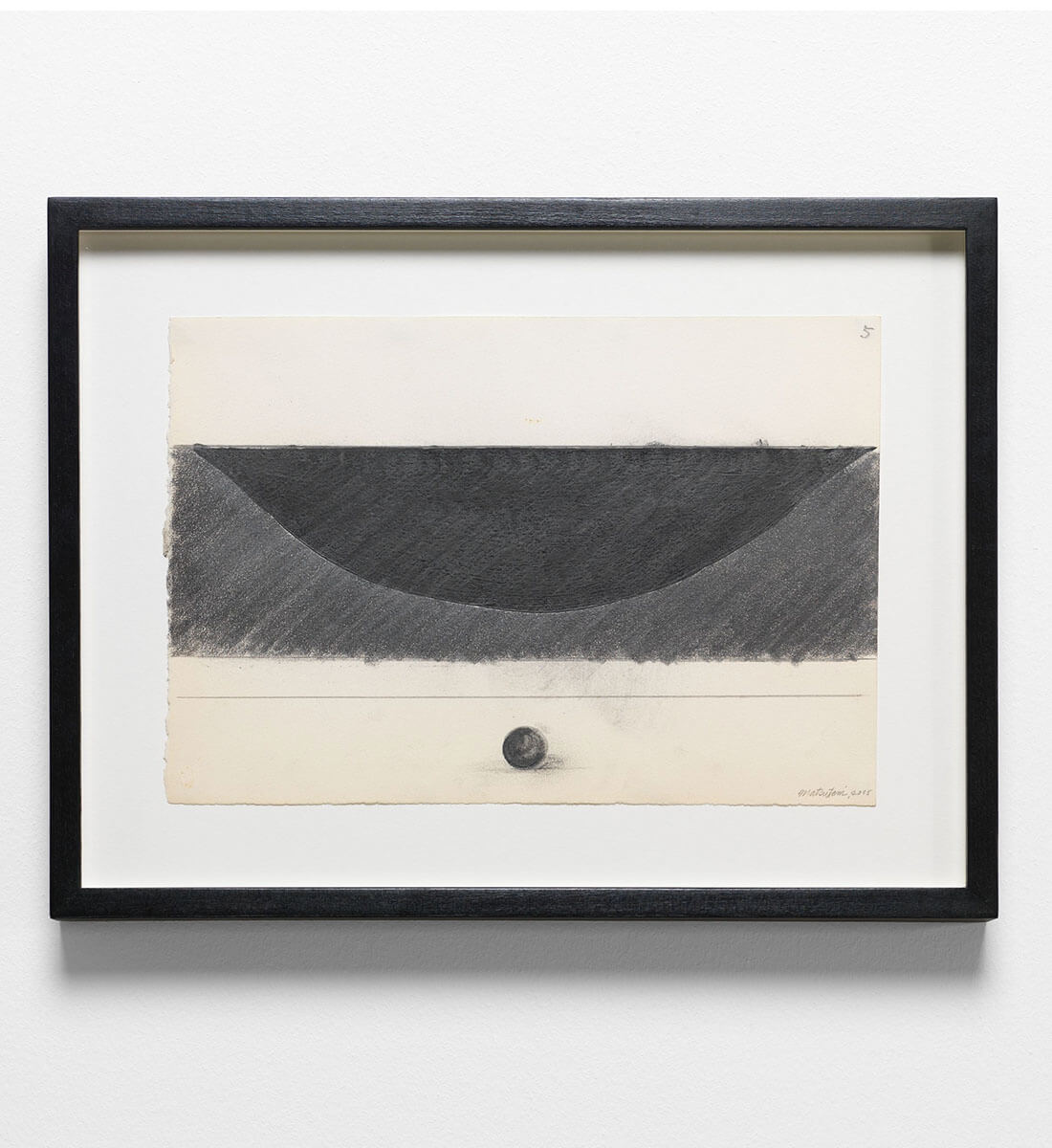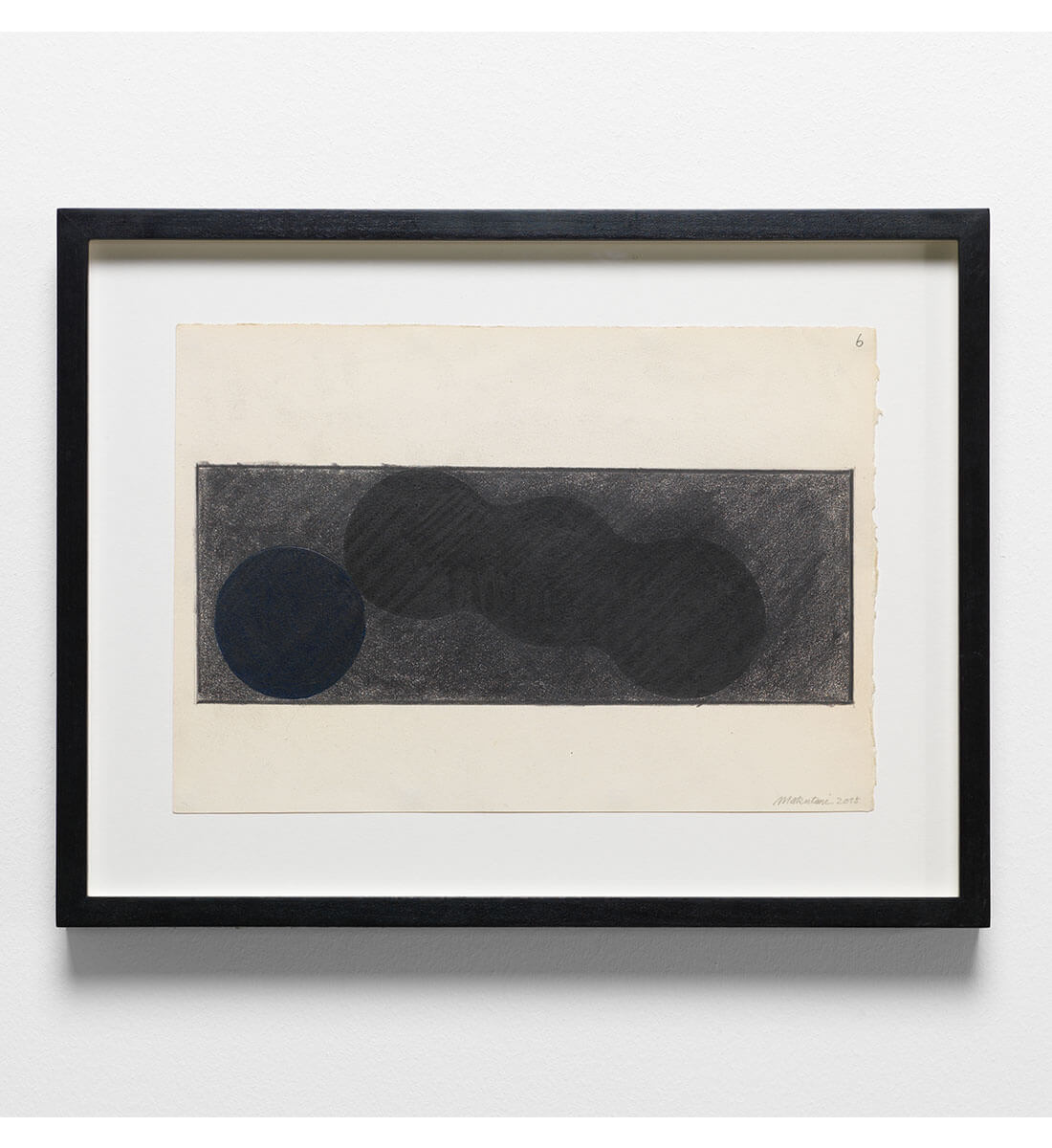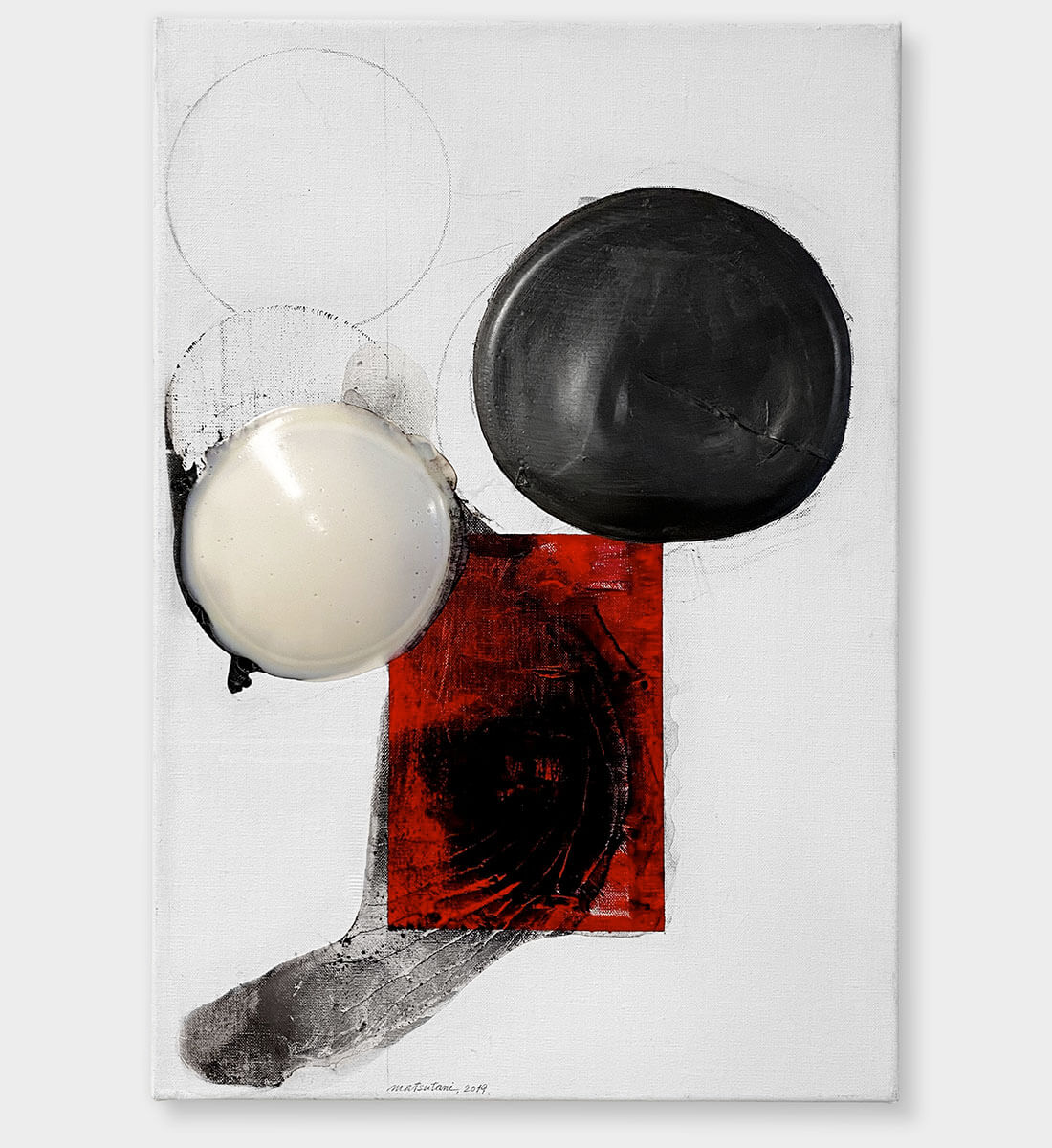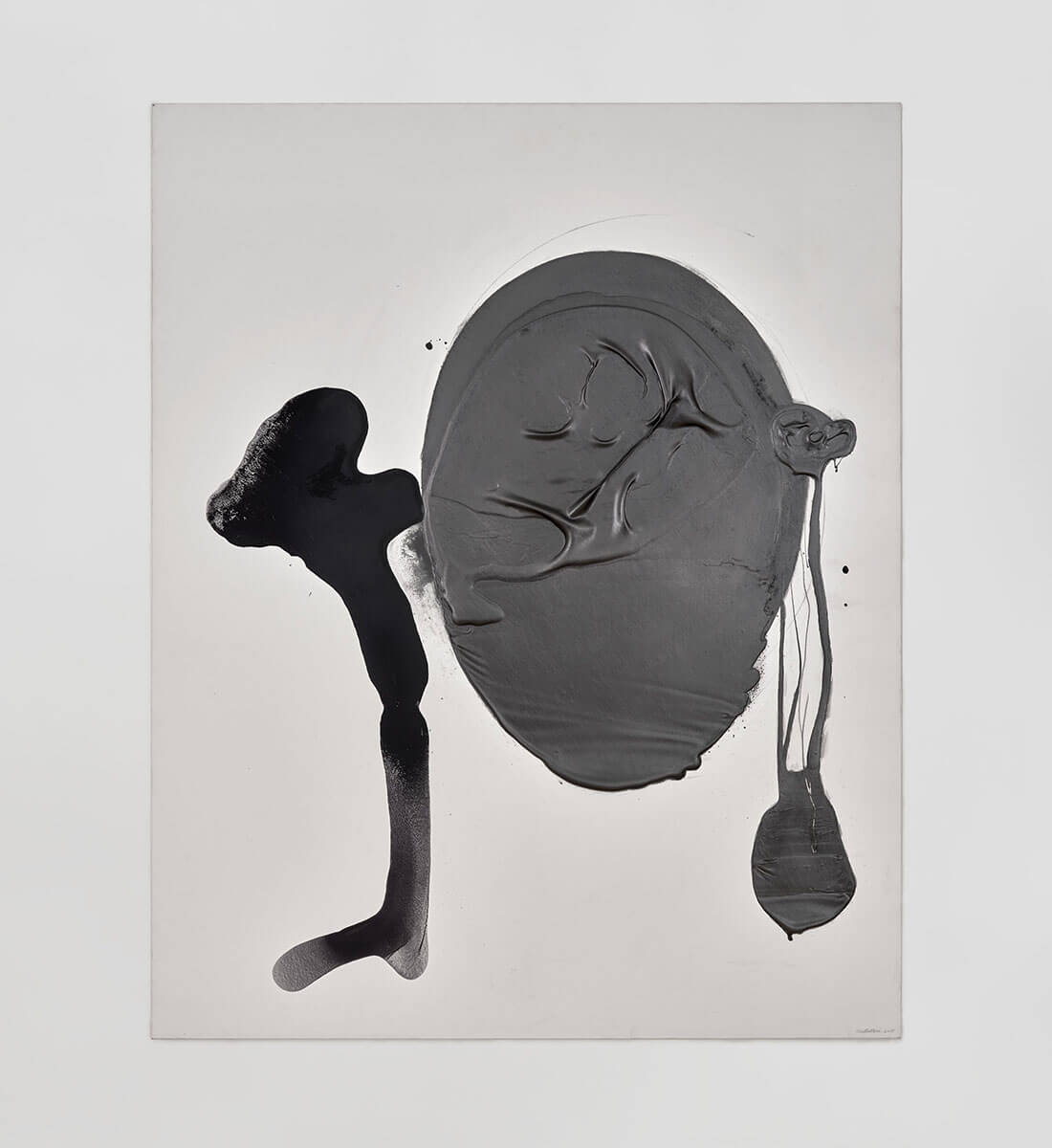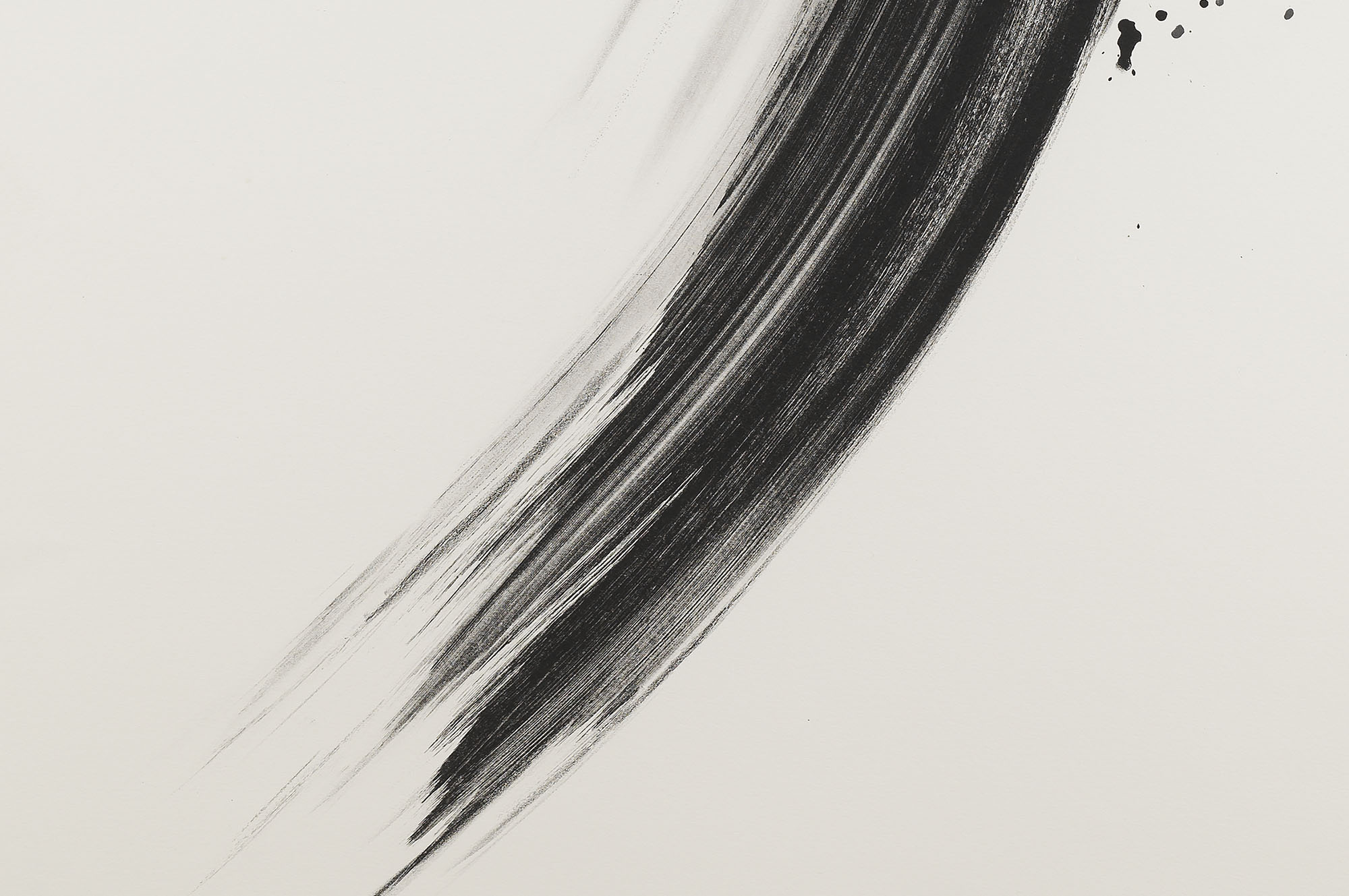
Takesada Matsutani
Stream
‘Time is for me, most important. I was born, I must die. But my conscious is streaming for infinity. My infinity, my purpose, my desire is there. That’s my imagination.’—Takesada Matsutani
The artist’s unique visual language forms one of the most pioneering oeuvres to emerge from post-war Japan and is continually celebrated globally. With the online exhibition, ‘Stream’, Ōsaka-born and Paris-based artist Takesada Matsutani presents a series of previously unseen works, alongside a significant body of preparatory drawings, multi-media paintings and lithographs, dating from the 1970s to present day.

Buddhist teachings were a central element in Matsutani’s childhood education, with our existence seen as a constantly changing current. Although he doesn’t consider himself a Zen practitioner in his art, he has felt a profound affinity with the philosophy’s call for a ‘return to the simplicity of everyday experience,’ its rejection of ‘system-based thinking,’ and its emphasis on ‘a constant moment-to-moment praxis.’ In his multifaceted works, Matsutani attempts to stop time, to materialize a suspended moment and acknowledge the repetition and fluidity of everyday life.
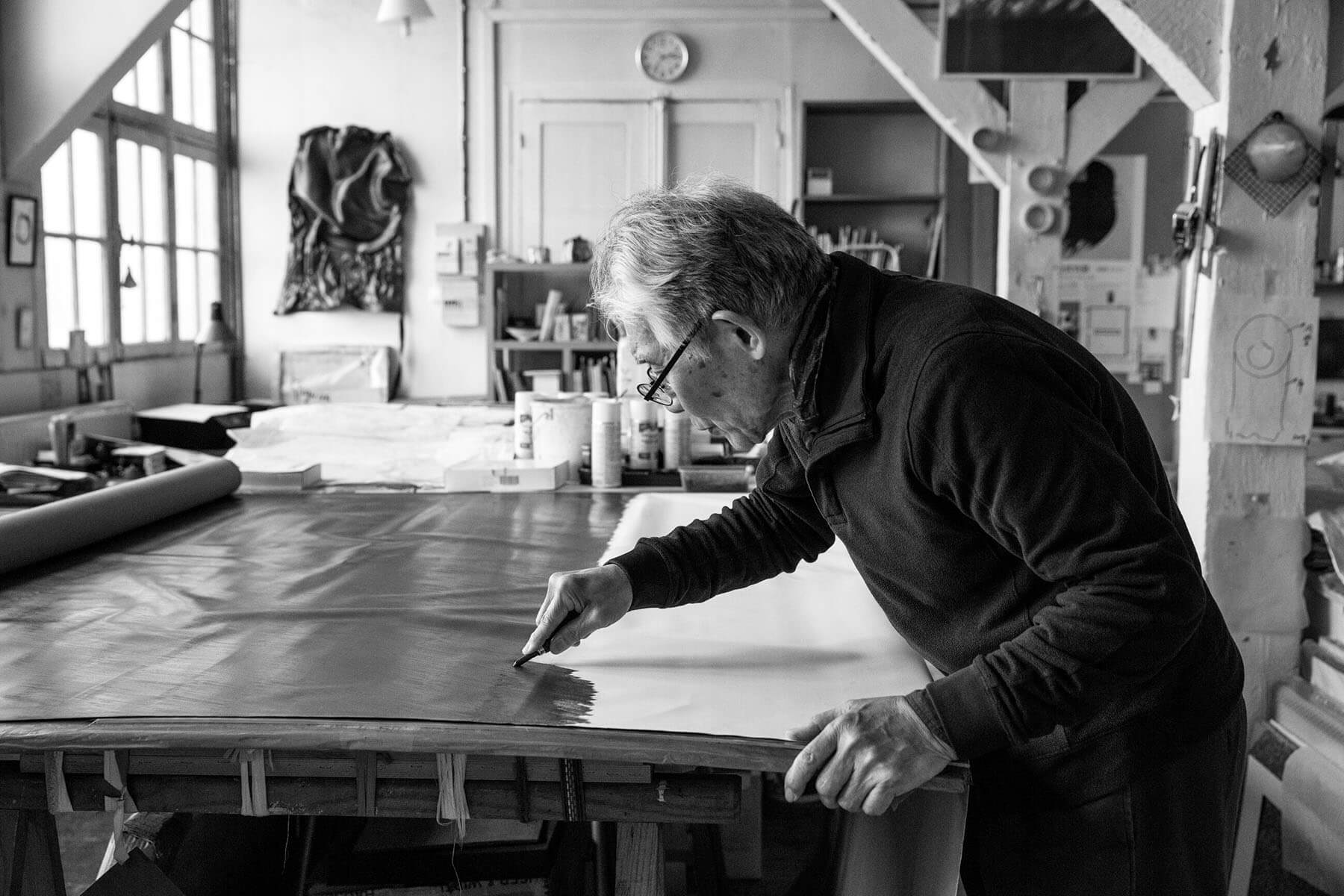
Matsutani began creating vast expanses of metallic black graphite on mural-size sheets of paper built up with painstaking individual strokes, commonly known as his Stream series. The successive layers produce a sense of volume through the interplay of shadows and the direction of the pencil strokes, developing a tactility and inner luminosity as seen in the earliest work in the online presentation, ‘Stream 78-1’ (1978) and ‘Stream 99-5’ (1999). This ritualized manner of mark-making has a performative gesture that presents a time-based record reminiscent of Matsutani’s artistic beginnings in Japan.
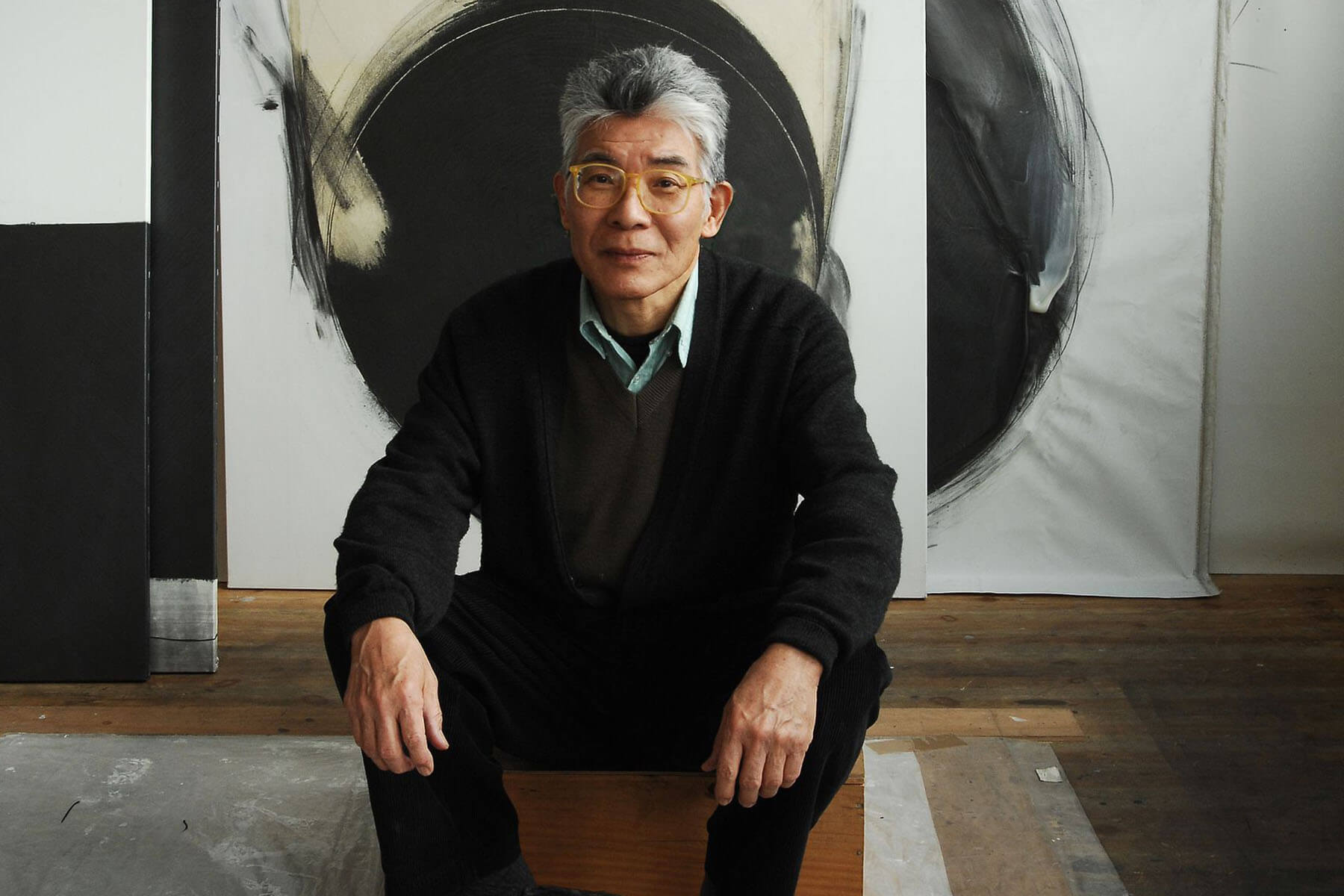
About the artist
Takesada Matsutani was born in Ōsaka in 1937. He began exhibiting with the Gutai Group in 1960, along with Shūji Mukai and Tsuyoshi Maekawa, and officially joined the group in 1963. In 1966, he received a grant from the French government after winning first prize in the 1st Mainichi Art Competition, and subsequently moved to Paris where he continues to live and work today.
Inquire about other available works by Takesada Matsutani
Takesada MatsutaniStream
Organized with Olivier Renaud-Clément, this intimate presentation embodies Matsutani’s intuitive and enduring connection with his materials over the past six decades, including a new work created in the artist’s studio and home during this period of isolation.
In keeping with his Gutai roots, Matsutani strove to identify and convey the essential character and expressive possibilities between vinyl adhesive and graphite. It is this confluence of materials, as seen in recent works ‘Propagation 15-2-5’ (2015) and ‘EVOLUTION-99’ (1999), that epitomizes the distinctive visual language the artist has made his own over the last 40 years.
Alongside Matsutani’s rediscovery of the power of black and white, he also started to adopt bright colour planes and shaped canvases with a very personal palette, this is highlighted in ‘Three Circles-19’ (2019), photographed in the artist’s studio in the past month during isolation. Talking about whether the current global pandemic has changed his practice Matsutani says: ‘a little bit at first, but I find my routine is the same and focus on the work is the same. In the end, the beauty is still there and continues to exist.’
–
This online exhibition follows Matsutani’s retrospective survey at the Centre Pompidou, Paris in Summer 2019 and coincides with the re-opening of ‘Takesada Matsutani: Prints, 1967-1977’ at les Abattoirs, Toulouse, in partnership with the National Institute of Art History, France (INHA). The artist’s work is also featured in our current group presentation at Hauser & Wirth Hong Kong, open until 30 May.
Under the umbrella of Hauser & Wirth’s new global philanthropic and charitable initiative #artforbetter, we are donating 10% of gross profits from sales of all works in our online exhibitions to the COVID-19 Solidarity Response Fund for the World Health Organization.
